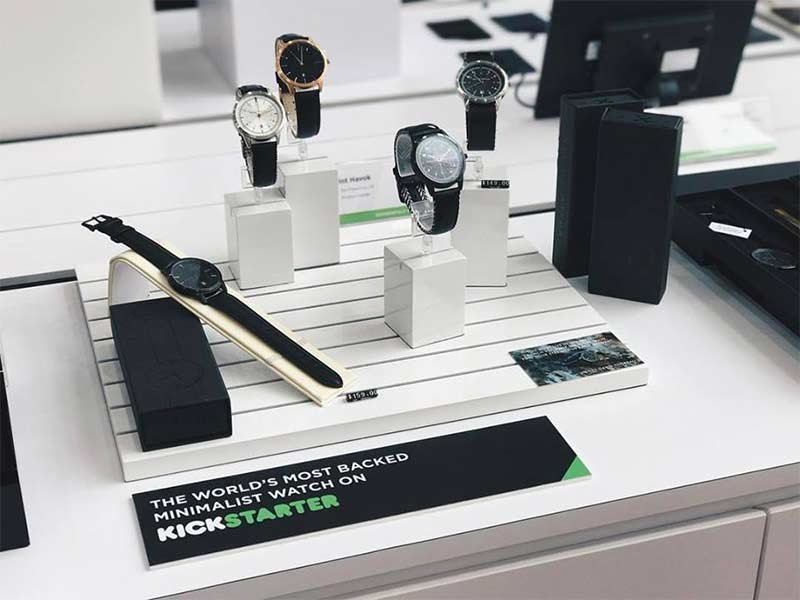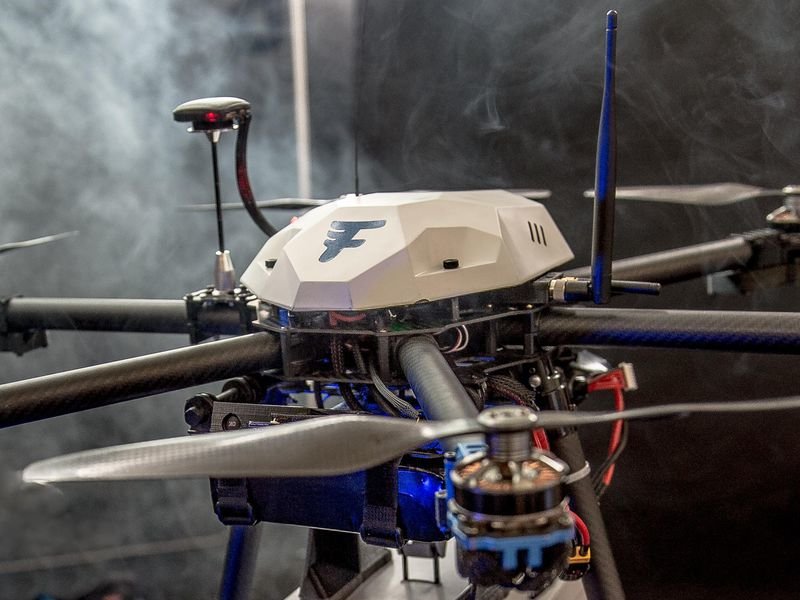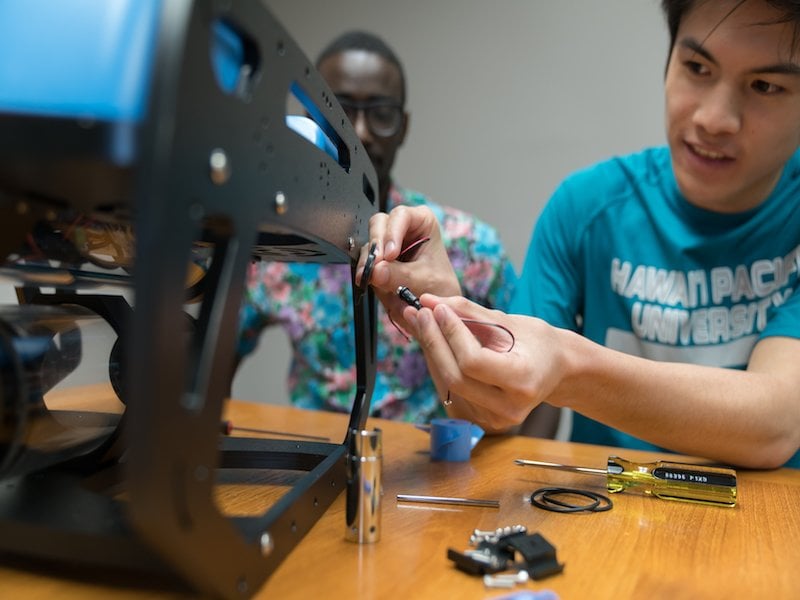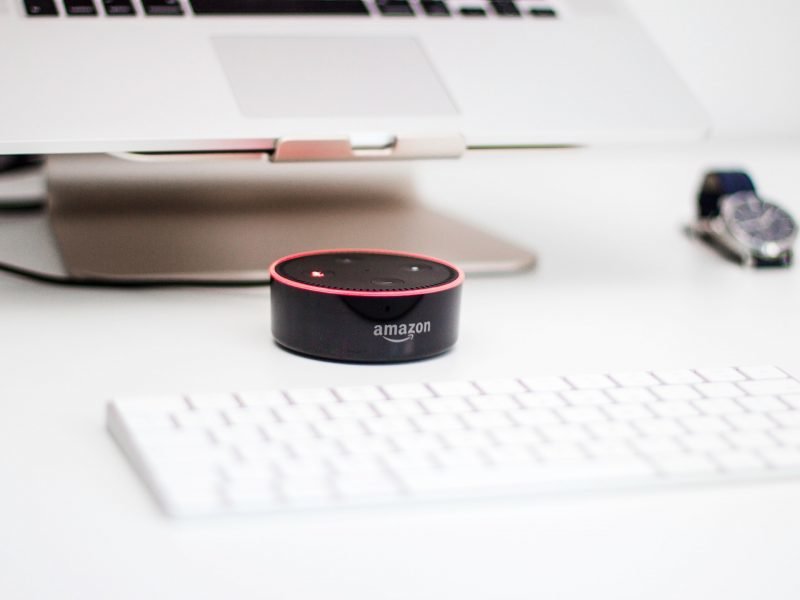
Crowdfunding Platforms Crackdown on Risky Campaigns

A crowdfunding campaign whips up excitement, receives huge funds, and then inexplicably collapses. This is the story of Central Standard Timing which raised over $1 million for the world’s thinnest watch and in 2016, filed for bankruptcy. Taxa, a Kickstarter-backed company that closed shop, ending a dream of bio-engineering glowing plants while another $13 million campaign to produce the world’s smartest cooler had to request backers for additional funding, years after the campaign ended. Platforms like Kickstarter and Indiegogo had promised to democratize entrepreneurship and anyone with a great idea could raise capital to build a product. But a decade later, high-profile failures share equal space with their successes. A top priority now, is to improve the hit rate of risky ventures, especially high-tech hardware projects like smartwatches.

Kickstarter offers inventors’ access to experts in design and manufacturing as did Indiegogo last summer. Services include electronics design review, global sourcing of components, manufacturing, with branding and distribution assistance; such information is jealously guarded by MNCs. The effort is very welcome when every week has bad news for platforms: Indiegogo pulled the Titan Notecampaign, a transcription tool which was over-advertised with unrealistic features, while Kickstarter’s Gravity – essentially a weighted blanket – made wild unsubstantiated claims about curative powers. Success is now being watched closely. The crowdfunding platforms must harness enthusiasm with expertise and creativity with credibility. Crowdfunding platforms can transform our economy by democratizing entrepreneurship, as they mature.
Results of Failure Analysis

Kickstarter examined the collapse of the high-profile Zano drone project to investigate why their largest European project delivered only a few ineffectual drones before liquidation of Torquing Robotics, which scored $3.5 million from 12,000 backers ending up a million more in debt as the founders lacked the skills or experience needed for project success, making false claims about the Zano miniature quadcopter following users automatically, avoiding obstacles, and taking video selfies. The slick and curiosity-inducing misleading video exaggerated the drone’s initial abilities, while the successful crowdfunding created further problems, introducing “stretch goal” features and manufacture on a 10 times larger scale than anticipated.
Crowdfunding platforms should carefully review projects involving huge funds, complex hardware and massive overfunding ensuring better mechanisms to identify weak projects and innovative processes requiring support. Anyone can conjure up a cool idea and cobble up any prototype with 3D printers easily. But translating this vision into mass-manufacturing reliable, affordable products before a branded company or Chinese imitator steals the idea is frightening.
Bridging the Manufacturing Gap
Indiegogo tried to bridge that gap by partnering with Arrow, an electronics design and engineering firm. Arrow provides creators of electronics products with a free design review and the full list of required components, checking availability and an estimate for purchasing or manufacturing costs. Arrow hopes that the estimates would translate into purchases through them. Similarly, Indiegogo announced a collaboration with Riverwood Solutions, thus connecting creators with outsourced manufacturers in Southeast Asia, Mexico or China. Backers can review Indiegogo campaigns benefiting from expert inputs.

Kickstarter now has a similar set of partners. Avnet is the world’s largest distributors of electronic components, while Dragon Innovation works with crowd-funded companies like Pebble and MakerBot. Hardware campaigns benefit from online toolkits with webinars and tutorials from Avnet and Dragon engineers, creators of past successful campaigns and Kickstarter staff. Those planning large, complex projects can secure a free mentorship program with individual access to engineers, as well as software tools like Dragon’s Product Planner to select parts and estimate costs. The companies expect creators to sign up for paid services once their products succeed.
Assisting Startups
Avnet has helped over a dozen crowd-funded companies develop their products, and expect Kickstarter partnership to deliver many more startups and creators to engage before launch. The new collaborative model impact measurement is due as a full life-cycle from campaign to shipping takes a year. All business challenges cannot be gauged by reviewing manufacturing plans. Existing partnerships only ensure that project failure is not due to poorly made or badly designed electronics. Crowdfunding platforms are now extending advice beyond design and manufacturing. Kickstarter and Indiegogo have multiple retail partnerships to help creators sell products once their backers are satisfied. Indiegogo also offers digital marketing services.
Brand Diversity

From a world dominated by a few mega-electronics multinationals, we move to a bewildering array of brands, on a small number of platforms: from Apple, Samsung, and Sony to Kickstarter, Foxconn, Apple products and Amazon, which dedicated a section to support crowd-funded products. Market leaders might seek crowd validation before launching new smartphones or gaming devices. This will not happen at breakneck speed, but over a relaxed transition, with many hit-or-miss crowdfunding campaigns yet to come. Kickstarter might suggest use of its new design and manufacturing tools for projects with high-funding levels or those with extreme claims.
More in Crowd Funding
-
`
Famous Entrepreneurs Want You to Learn From Their Biggest Failures
No one can be an overnight success, as failure is an inevitable baggage on an entrepreneurial journey. Some famous entrepreneurs speak...
December 6, 2023 -
`
Miss your Pet When Traveling? Book These Hotels if You Want a Furry or Feathered Friend Welcoming You at the Lobby
Do you miss your pet, having left him/her behind when traveling? At some hotels, you get your “I-really-miss-my-pet” fix, all thanks...
December 6, 2023 -
`
Downsizing after Retirement is a Pain, but Here’s How You Can Go About It
Retirement needs extensive planning, and it is not just finances. Without proper plans for this next phase of life, chances are...
December 6, 2023 -
`
These are Some of the Greatest Inheritances Recorded the World-over
The Bloomberg Billionaires Index has listed the 25 richest families around the globe, and control over 1 trillion dollars of the...
December 5, 2023 -
`
Stunning Hotels Around the World Which Even Celebrities Fawn Over
Where do Celebs vacation? In certain aspects, superstars are similar to us, but not when it comes to vacation lodging. Stars...
December 1, 2023 -
`
Unlocking Financial Success: Timeless Wisdom from John Paul DeJoria
In a recent interview with Forbes, John Paul DeJoria, the visionary entrepreneur behind Paul Mitchell and Patrón Tequila, shared a wealth...
November 8, 2023 -
`
The Ultra Wealthy Want Their Privacy and They’ll Do Anything to Get It
Ultra-rich rapper Nicki Minaj in her pink Lamborghini worth $400,000 or celebrity entrepreneur Mark Cuban stepping out from his private jet worth $40...
October 31, 2023 -
`
How Celebrities Managed to Solve Their Financial Woes
Celebrities have lost billions and filed for bankruptcy while drowning in debt. If they can resolve their financial issues, then so...
September 8, 2023 -
`
Useful Real Estate Strategies at Various Stages of an Investing Career
There is no one perfect investing approach, as real estate investors are aware. At various phases of your investing career, investigate...
September 2, 2023















You must be logged in to post a comment Login